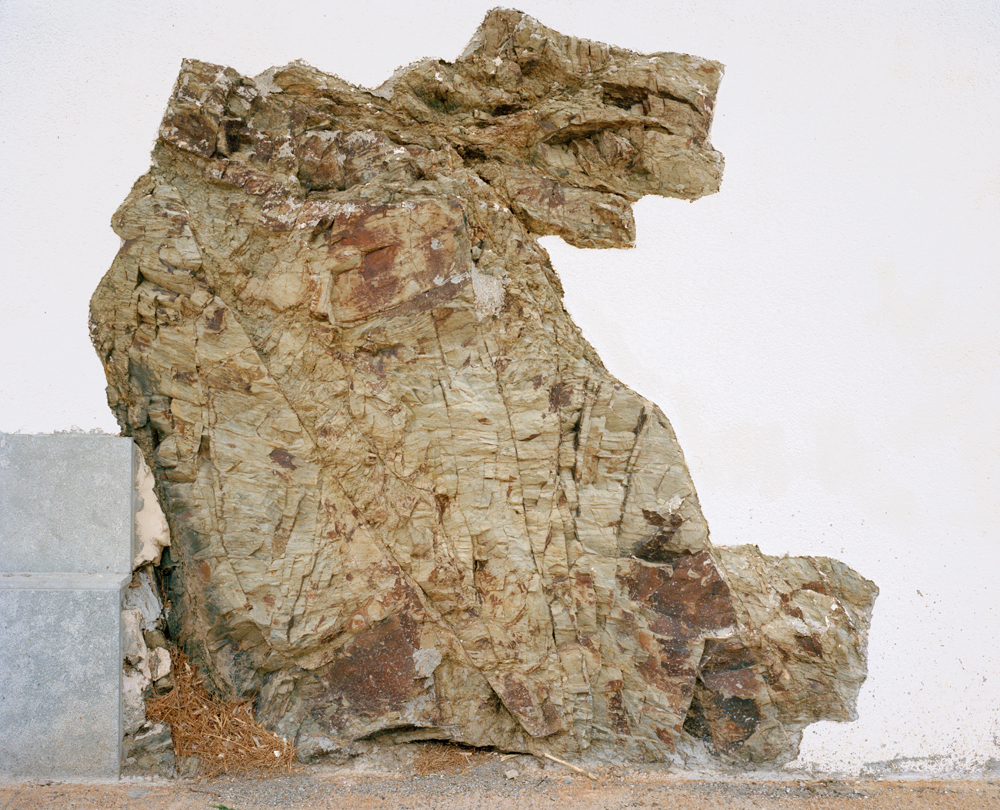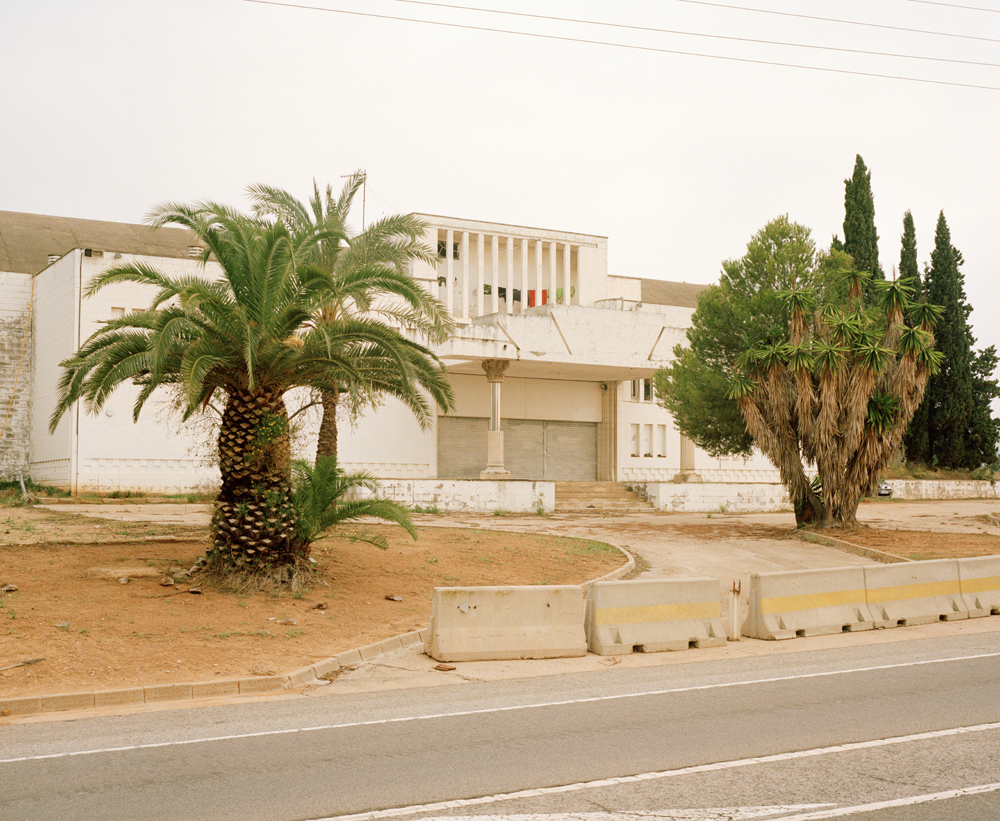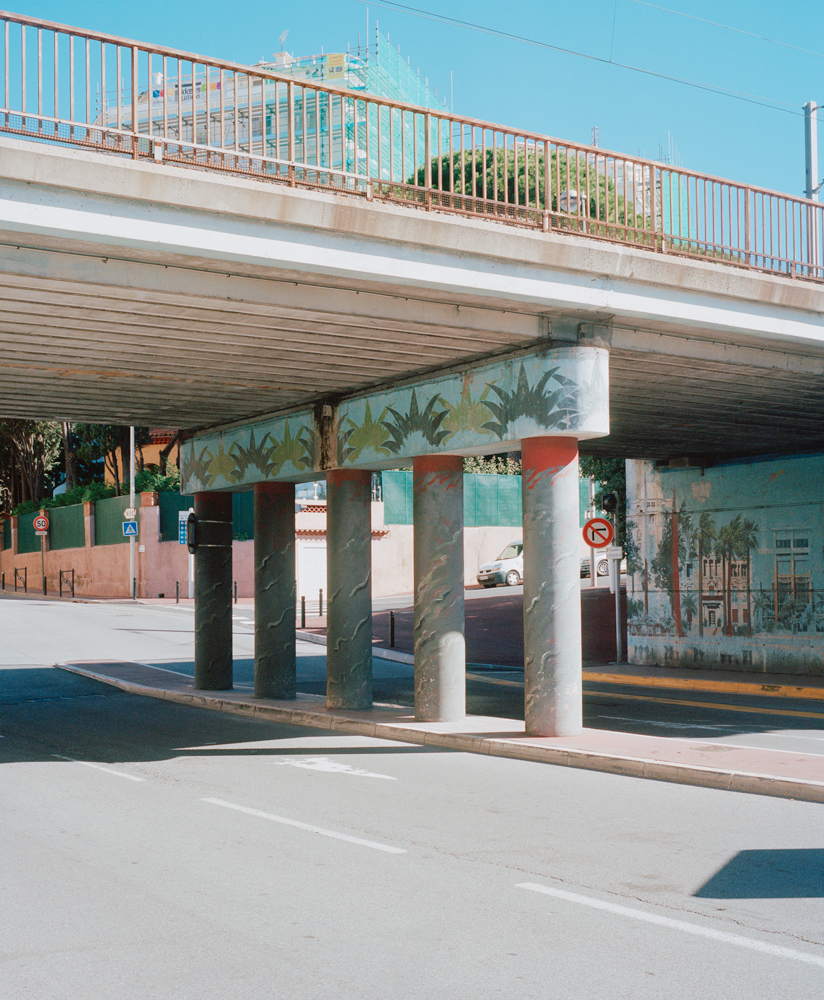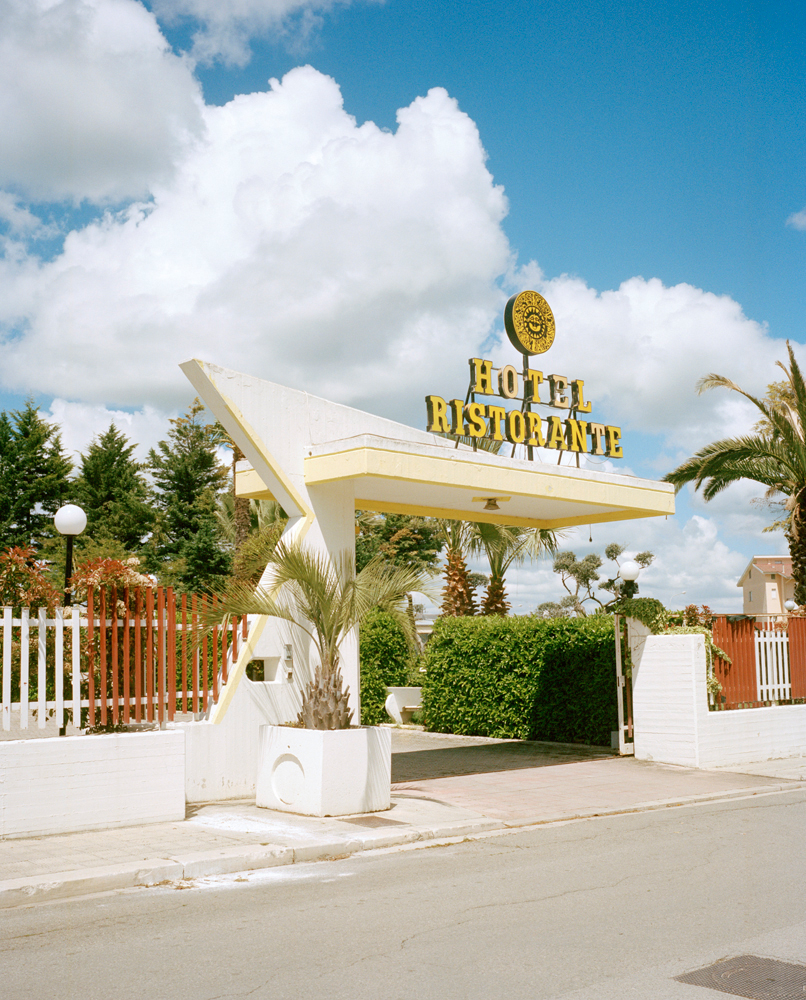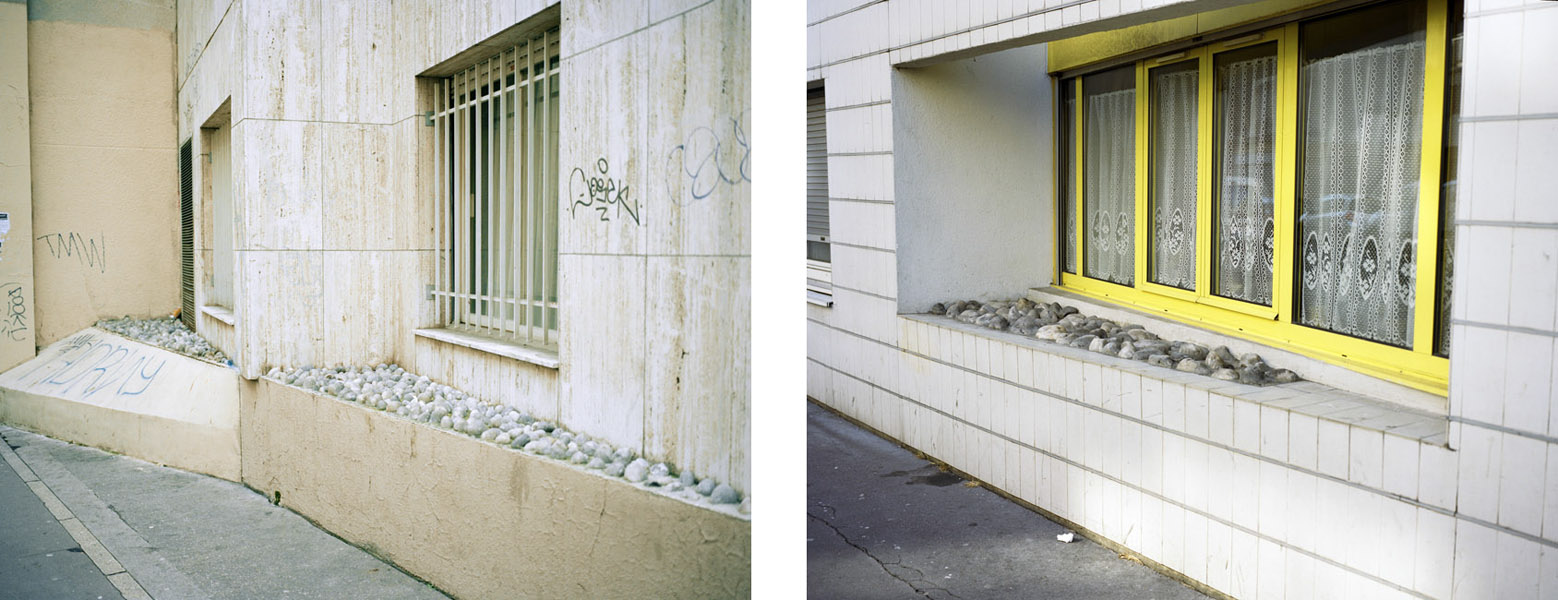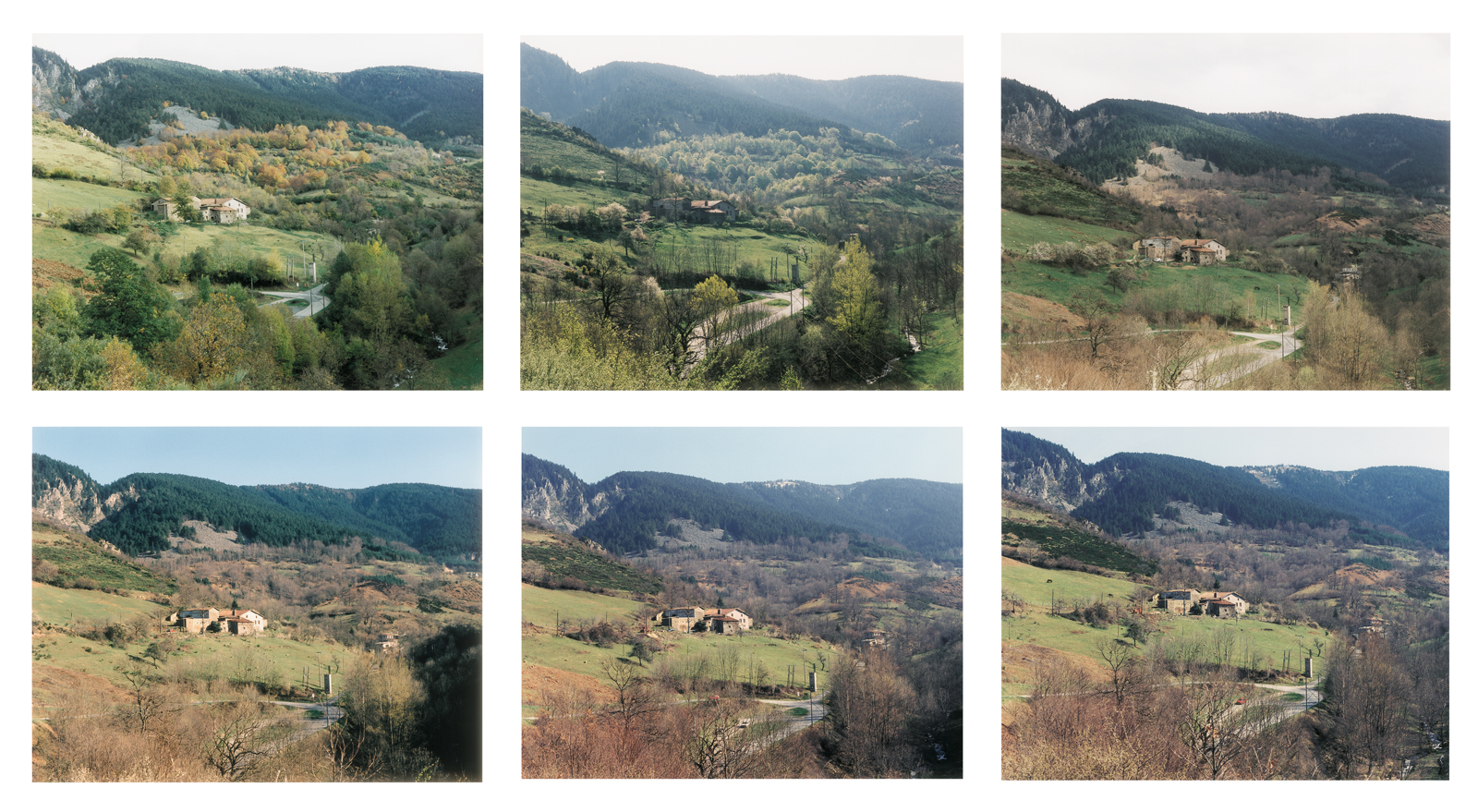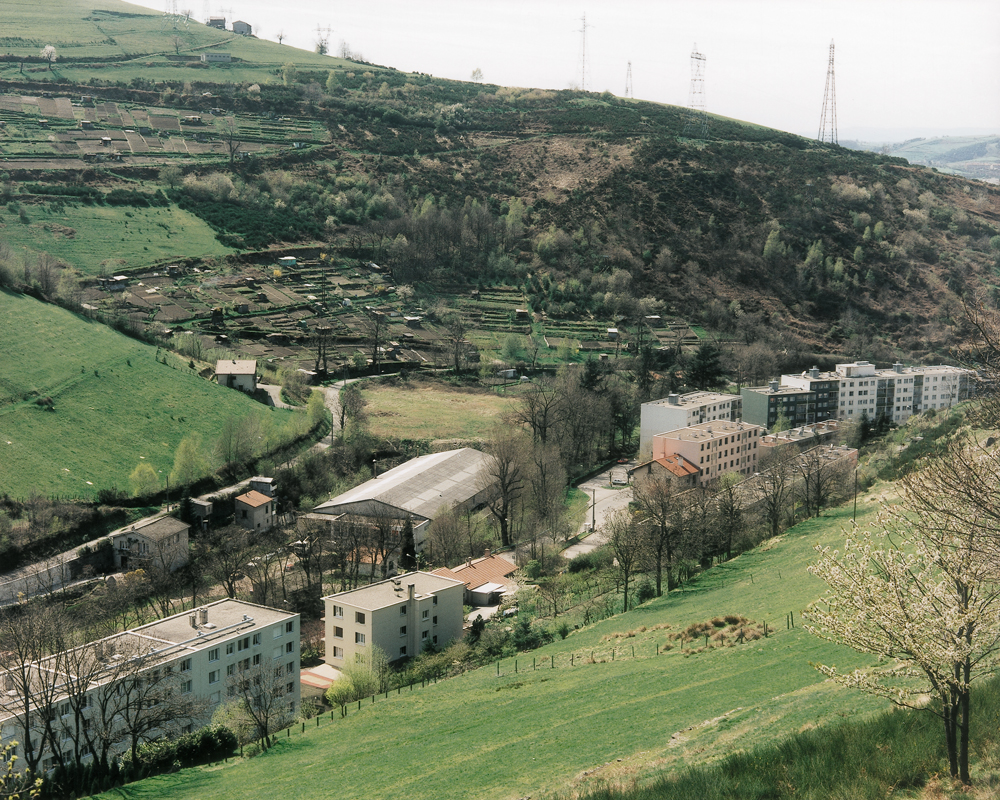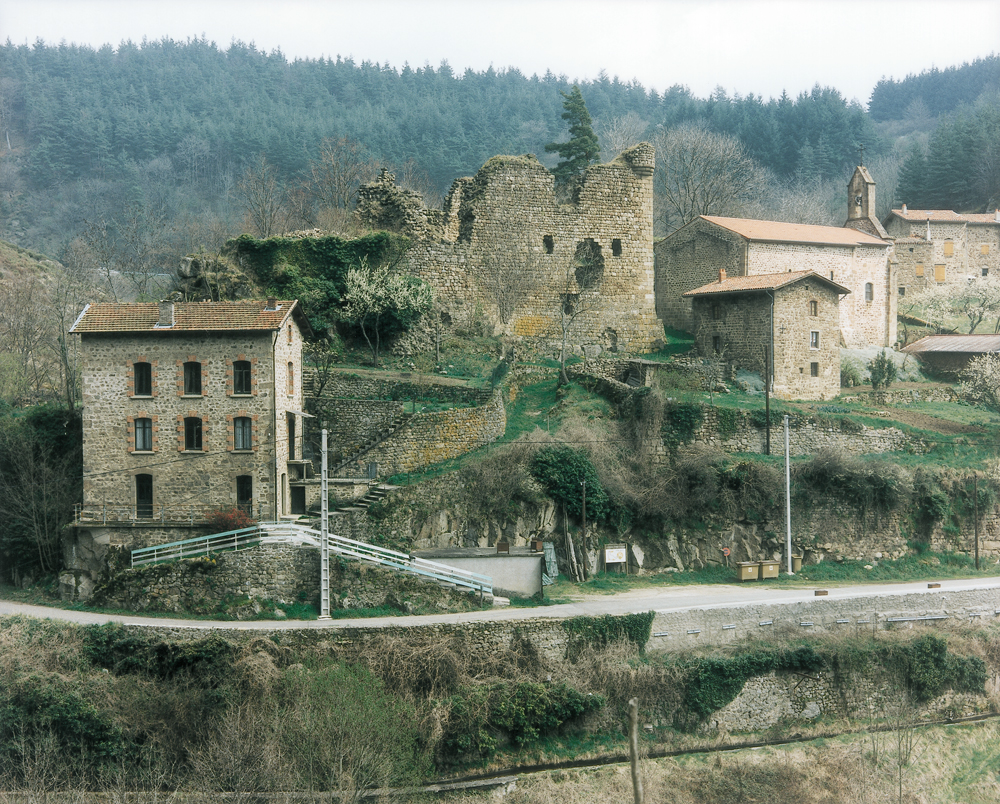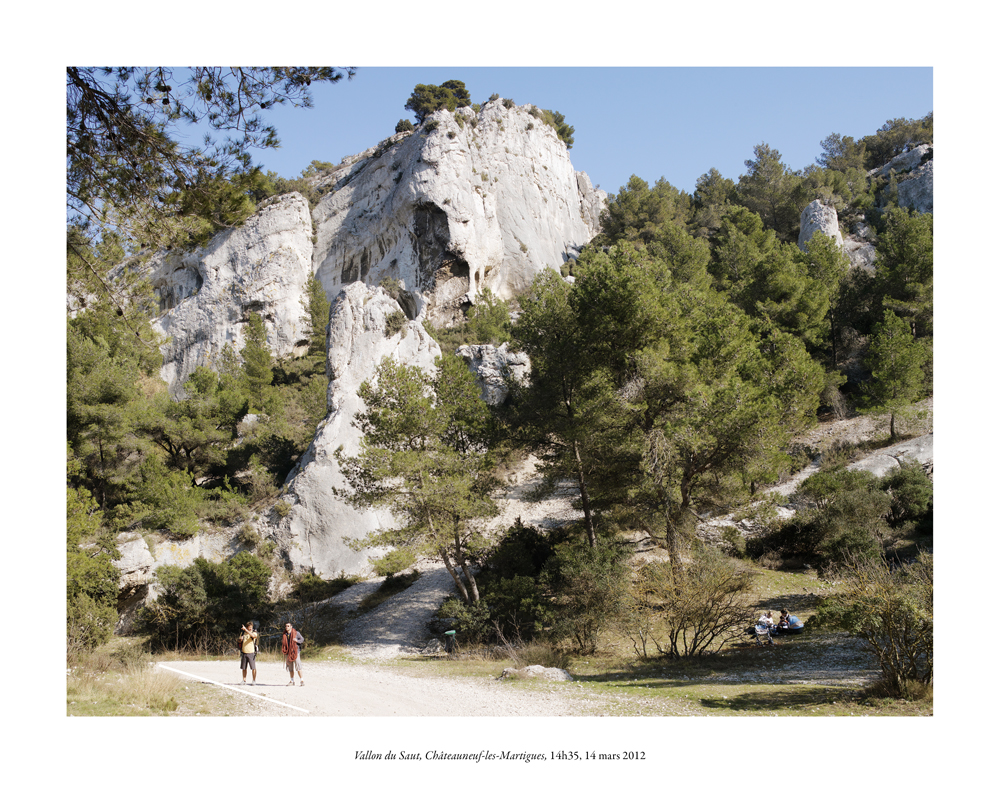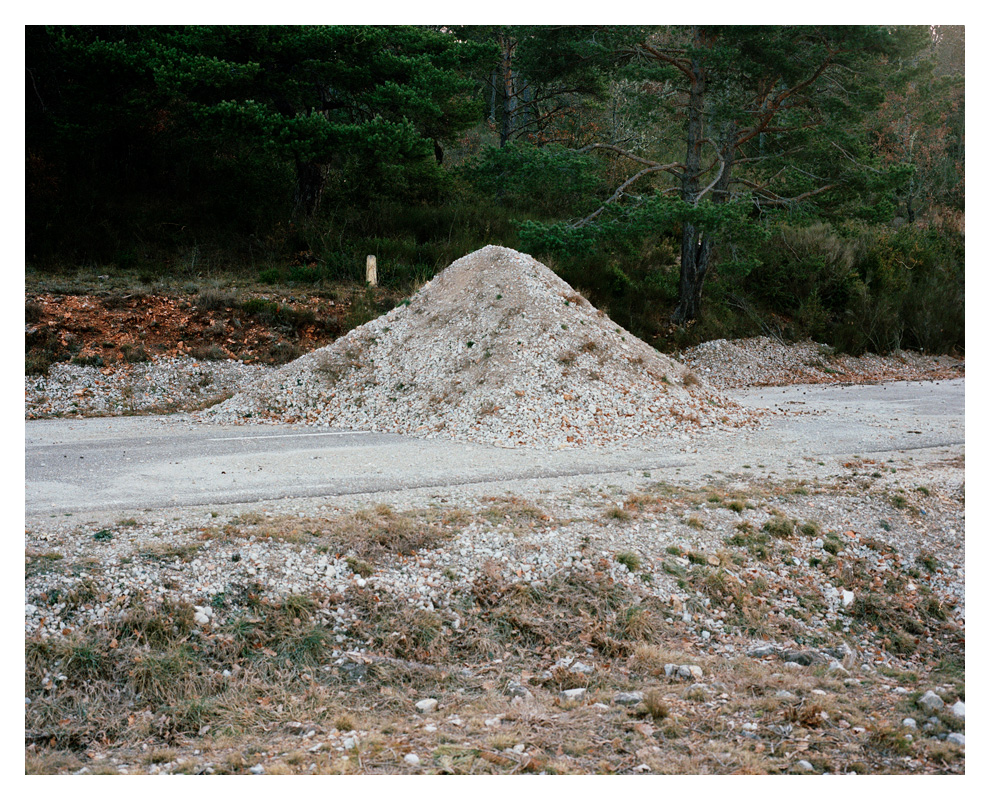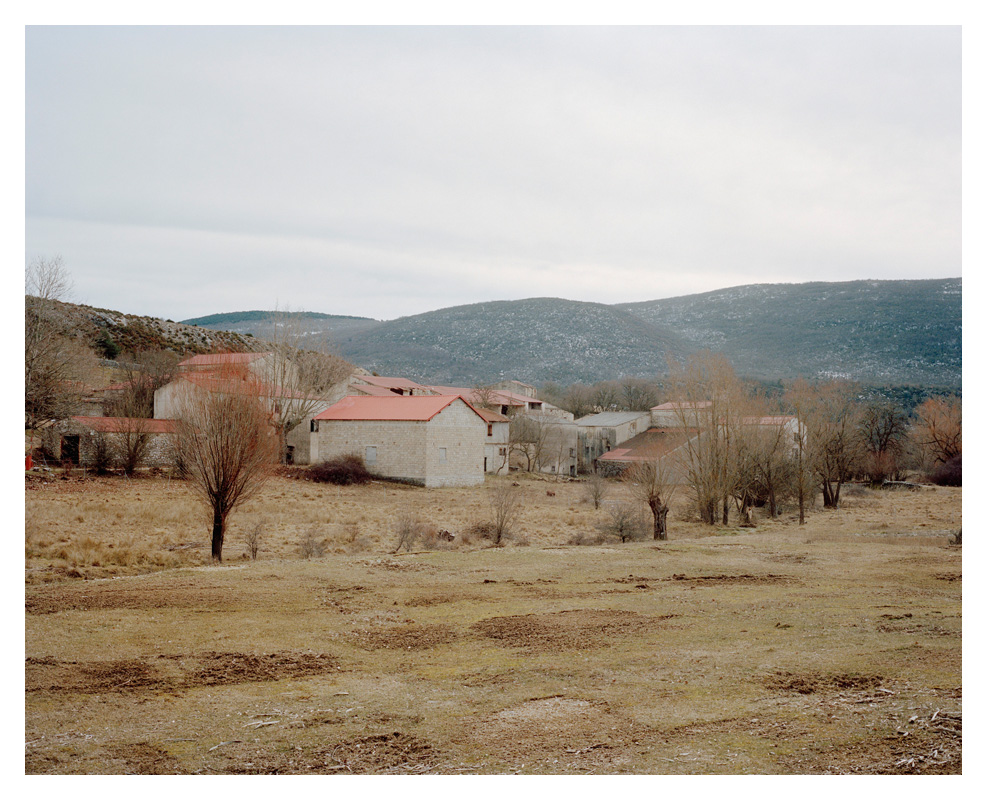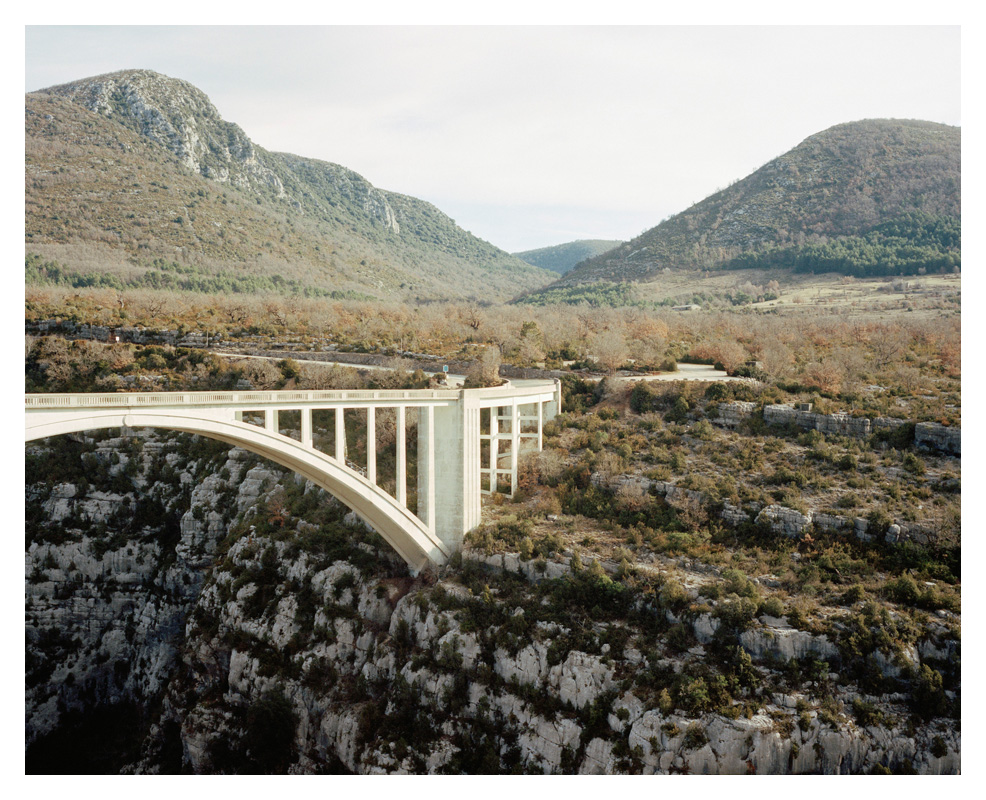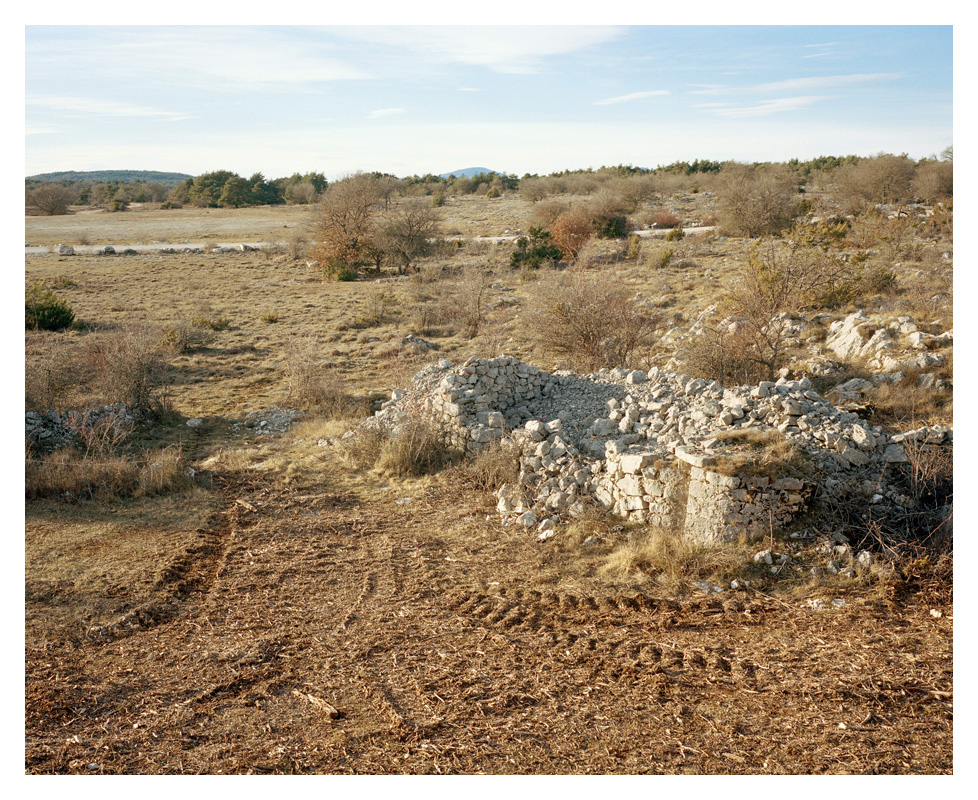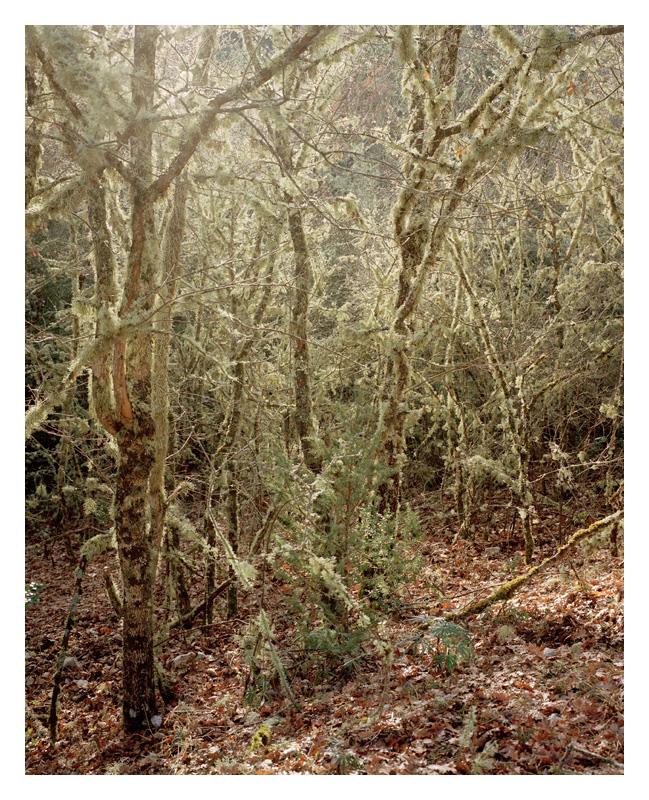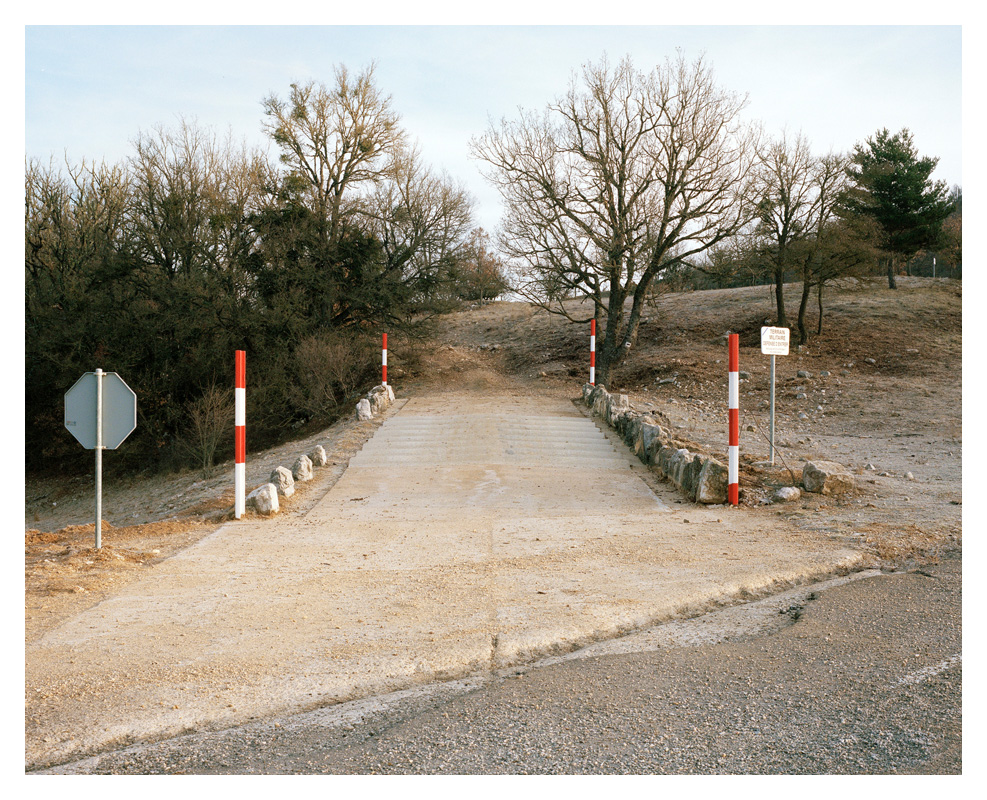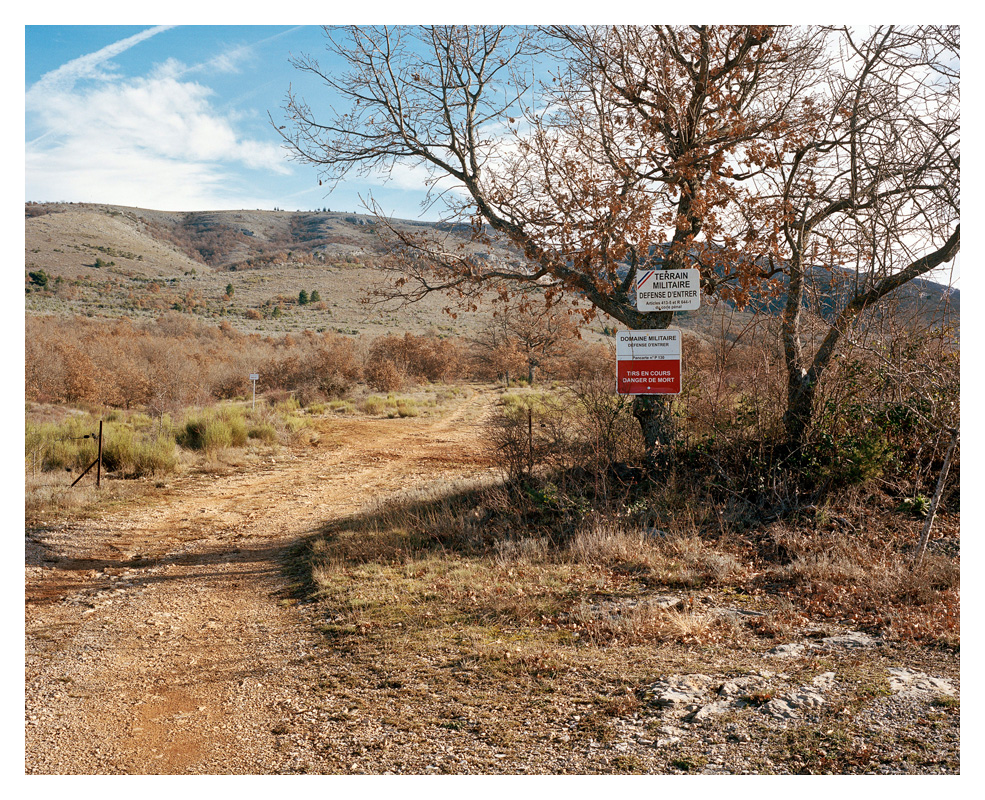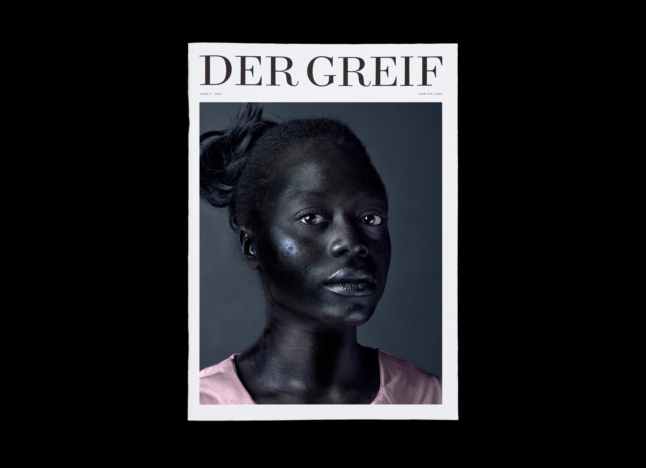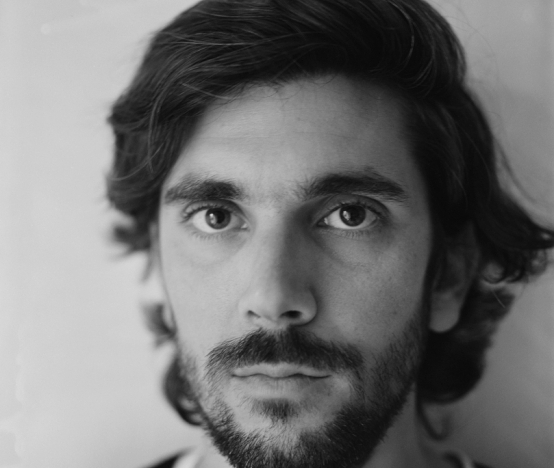Rachele Monti
Artist Feature
Every week an artist is featured whose single image was published by Der Greif. The Feature shows the image in the original context of the series.
Vivien Ayroles - Hort de Dieu – Garden of God
Mar 29, 2017
Mont-Aigoual Meteorological Observatory which is the last mountain meteorological station in France, is located at an elevation of 5140 ft in the Cevennes. Landscape is controlled and built by people but the excesses of nature make this territory a very unique place where strangely sculptural elements and the harshness of the summit integrate. Putting together landscape photographs and others of scientific installations, I invite the spectator to compare or observe analogies between forms and a particular climate, topography and a practice. The landscape shows these forces and our need to measure them. It evokes the intimate struggle between spirituality and rationality.
More.
Artist Blog
The blog of Der Greif is written entirely by the artists who have been invited to doing an Artist-Feature. Every week, we have a different author.
Published in:
»Der Greif #9«
Mediterranean Inspirations
Apr 03, 2017 - Vivien Ayroles
For my last post here, I’d like to share three films by French directors, and a few more of my photographs on the Mediterranean.
Two films are by Jean-Daniel Pollet, Méditerranée (1963), and Bassae (1964), and the third film is by Jean-Marie Straub et Danièle Huillet, Les yeux ne veulent pas en tout temps se fermer ou Peut-être qu’un jour Rome se permettra de choisir à son tour (1970). They are in French… well, if you don’t understand it, it’s time to learn for you to be able to enjoy these gems! ;) but even if you don’t understand French, Bassae can be only listened to and watched, and it still is worth your time. For me, these works can be a representation of an essence of the Northern part of the Mediterranean basin, with the inheritance of Greek and Latin civilisations and also of Semitic and Arabic culture.
I feel intimately moved by Mediterranean landscapes, having roots in several parts of the basin, in the South of France (where I live), in Italy and in Lebanon. This post is a humble tribute to this wonderful region.
Thank you Der Greif and readers!
Le mal d’Hercule (2016)
Apr 02, 2017 - Vivien Ayroles
Le mal d’Hercule (Hercules’ Sickness) is a short-length film produced during a creative residency in the Institut de Neuroscience des Systèmes, “Physiology & Physiopathology of Neuronal Networks Group (PhysioNet)”, an INSERM laboratory in Marseilles, France, working on epilepsy. Researchers’ answers to my queries along with my own investigations on the matter led me to think about a sensible and metaphorical reappropriation, that diverts from scientific truth. From shot footage of images of the laboratory and waves and the text from the tragedy of Euripides, Herakles, I recreated a visual narration of epilepsy as a deep unconscious state and a latent ache fighting over raw violence, outlined by the soundtrack as an evocation of the tragic chorus.
Le mal d’Hercule is part of “La recherche de l’art”, a partnership INSERM/ENSP.
More info about Le mal d’hercule.
Other projects in “La recherche de l’art #5” and a virtual tour in the previous editions of “La recherche de l’art” program.
Also, around the theme of illness, I’d like to recommend the beautiful video work Mental Radio by Tobias Yves Zintel.
Jardins de béton (2012)
Apr 01, 2017 - Vivien Ayroles
At the entrance of some Parisian buildings, are to be found curious architectural artefacts. In variously sized boxes, sometimes at ground level, sometimes raised, a mix of stone and cement fill in a defined space. These infertile rock gardens punctuate the facades of buildings, inviting the visitors to enter, or run away. The concrete gardens are the opposite of the gardens and landscapes that I usually photograph. These objects are one image of urbanity.
To see the complete series click here.

4/12 OPP du Nord-Pas-de-Calais © Dominique Auerbacher, Observatoire photographique national du paysage

5/12 OPP de la vallÈe des Dhuyes et de la BlÈone © Gilbert Fastenaekens, Observatoire photographique national du paysage

6/12 OPP du PNR des Vosges du Nord © Thierry Girard, Observatoire photographique national du paysage

7/12 OPP du PNR des Vosges du Nord © Thierry Girard, Observatoire photographique national du paysage
Observatoire photographique du paysage
Mar 31, 2017 - Vivien Ayroles
Sans doute est-ce toujours le même poème qui continue. Si parfois les thèmes s’estompent, c’est pour revenir un peu plus tard, affermis, à peu de choses près identiques. Cependant, ces répétitions, ces infimes variantes, ces coupures, ces retours en arrière, peuvent donner lieu à des modifications – bien qu’à peine sensibles – entraînant à la longue fort loin du point de départ.
Alain robbe-Grillet, La jalousie, Éditions de Minuit, 1958.
In 2017, the Observatoire photographique du paysage (Photographic Observatory of the Landscape) celebrates its 25th anniversary. Important evolutions have occurred and enabled us to reconsider this artistic tool for public policy. Dozens of initiatives have seen the light of day and reproduce the guiding lines defined by the Ministry of the Environment in 1992-1993.
In the 19th century photography benefited from the illusion about its objectivity and was assimilated to a scientific tool which permitted its use for photographic campaigns.
One of the first was the Mission héliographique, organized by the Commission des monuments historiques in 1851 aiming to gather “photographic drawings” of historical buildings. It is a documentary work but the director of this mission chose to commission artists photographers and not scientific experts (architect, geologist…). The idea was to photograph the monuments in order to preserve, restore and glorify them. This heritage approach was to influence the representation of landscape until the 1960s 1970s. Landscape was a set for remarkable sites, fit for contemplation, picturesque was beautiful. Other missions are now symbolic of this way of thinking like the American surveys in the West of the United States. The photographic production of these surveys only acquired an artistic status when Beaumont Newhall , Director of MoMA in New York, rediscovered them thanks to Ansel Adams.
Photographic campaigns on landscape are answers to a very old goal, which was fulfilled by cartography and exploration, the domination of the territory by men.
The territory is a political construction, landscape is a sensitive construction. Landscape is the expression of someone’s viewpoint. The photographic observatory of the landscape acts on territories (delimited sites, circumscribed places) by the photographer’s way of seeing. By representation, landscape is given a meaning; it is a cultural and individual product.
The change of the traditional landscape after WWII (resulting from urbanization and mass production) and the new way of thinking about the landscape, carrying the environmentalist ideas, affected the arts. Land art with Smithson or Long, the works of Lewis Baltz and the other photographers in the New Topographics exhibition in 1975 responded to the new paradigm of human-altered landscape.
In 1984, in France, the Government through its planning agency started a new public commission to “represent the French landscape in the 1980’”. The Mission photographique de la DATAR is directly led by a developer that organises the territory and tries to control its modifications. From 1984 to 1989, 30 photographers took over 200 000 photos.
In 1992, after three years of reflexion, the Ministry of the Environment put in place a comity and asked 8 artists (Sophie Ristelhueber, Raymond Depardon, Dominique Auerbacher, Gérard Dufresne, Alain Ceccaroli, John Davies, Thibaut Cuisset and Gilbert Fastenaekens) to photograph in 8 different territories. Each territory constitute an Observatoire and they are gathered in the Observatoire photographique national du paysage (National Photographic Observatory of the Landscape). Today it includes 20 observatories which follow the governmental protocol. Circa a hundred local observatories exist and edict their own protocol, more or less similar to the official one.
The principles of an observatoire are very simple: a photographer is given a territory. He will have to take around a hundred photographs which are reviewed by a local committee to select only 40 that constitute the itinerary. These 40 points of view have to be photographed each year in exactly the same way so that all the photographs can be analysed and studied to understand how the landscape is changing. However, what is important is that for the photographer the observatoire develops an artistic form, in spite of the very constrained protocol with the challenge of representing a landscape which is infinitely the same but infinitely different, year after year. The observatoire is a long term living subject.
It is not reasonable to think that the photographers have total freedom to decide if they will be able to make a piece of art with the observatoire. Fortunately, contemporary interrogations in art and landscape photography and environmental and developing policies progress on a parallel track, giving more freedom to the artist that we may initially believe.
An interesting development of the Observatoires photographiques du paysage is what the duo of photographers Les panoramistes (Bertrand Stofleth and Geoffroy Mathieu) is doing. In 2012, they had decided to create and initiate their own observatoire, Paysages usagés (Used Landscapes) around the greater area of Marseilles with photographs taken from the GR footpath GR2013. They were free to decide who were in the committee that reviewed the photographs and decided the orientations of the observatoire, most of the committee was constituted of artists instead of local elected people and developper. Also Stofleth and Mathieu decided to photograph each year only part of the original 100 points of view and asked people to “adopt” the other points of view. They also developped their observatoire in editions (a limited edition set of postcards) and exhibition forms (limited numbered and signed prints) to really be part of the contemporary photography field whereas the other observatoires have been really lacking artistic recognition despite their obvious photographic qualities.
The artistic aspects of the Observatoires photographiques du paysage is the subject of my master degree essay. It is available on consultation at the librairy of the Ecole nationale supérieure de la photographie in Arles.
About the Mission héliographique (in French) and a small gallery of photographs.
The collection of the Mission photographique de la DATAR.
The collection of the Observatoire photographique national du paysage.
Paysages usagés, Observatoire photographique du paysage depuis le GR2013.
Canjuers (2014-2015)
Mar 30, 2017 - Vivien Ayroles
Canjuers is a transitional subalpine territory of the South of France. Since 1974, it is one of the largest army training camps in Western Europe. Roads, tracks, administrative and residential buildings, permanent installations affect this forbidden landscape, inaccessible and inhospitable. I move toward Canjuers by its limits, and gaze at it facing the screen of the vegetation and of the relief at the edge of this still landscape. I take photographs of invisible walls, following the limits of a hidden theatre where violence lies low in a parody of war.
To see the complete series click here.
Also on photography and the military, check these books:
Lisa Barnard “Hyenas of the Battlefield Machines in the Garden”
Guillaume Greff “Dead Cities”




















